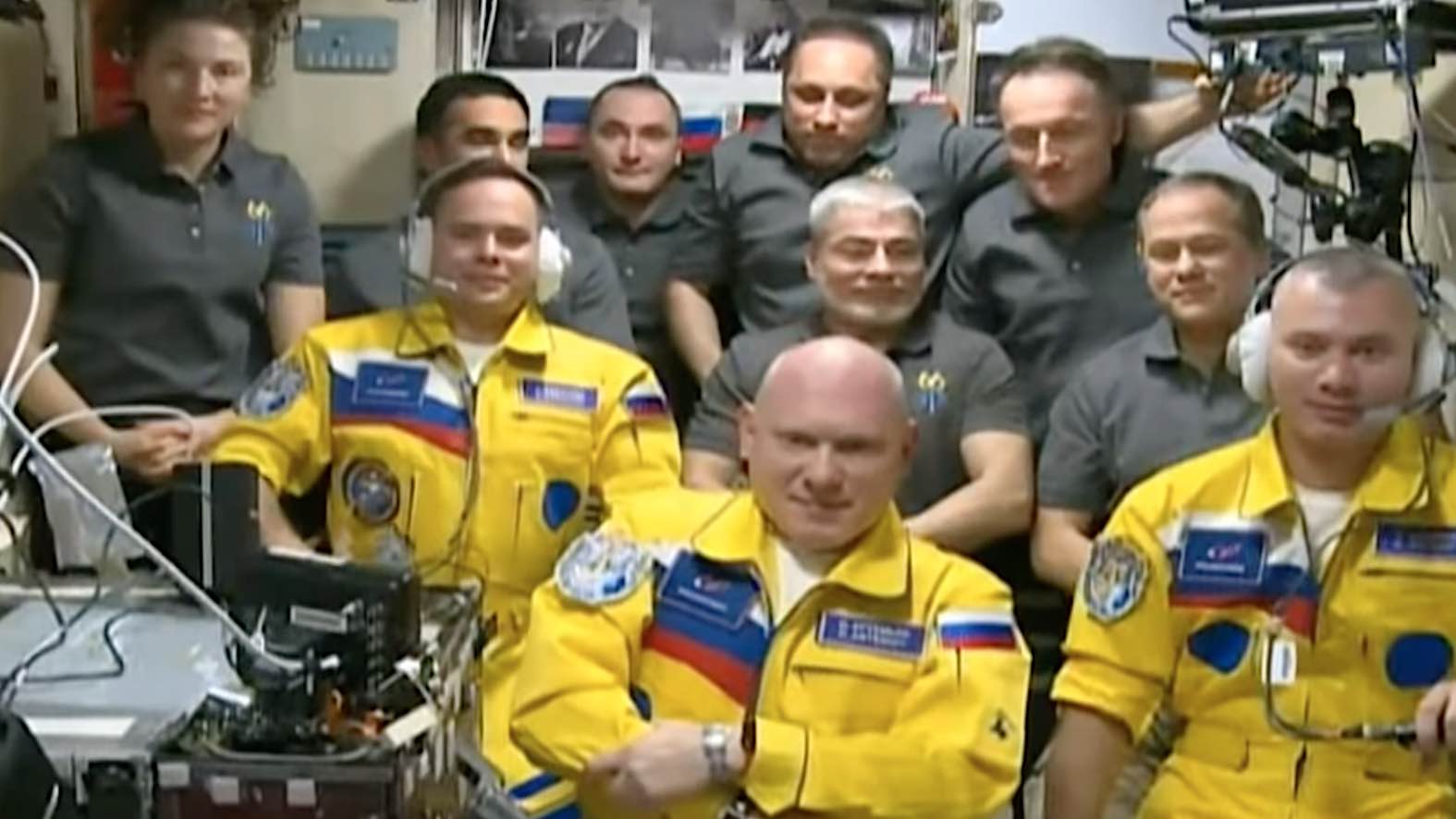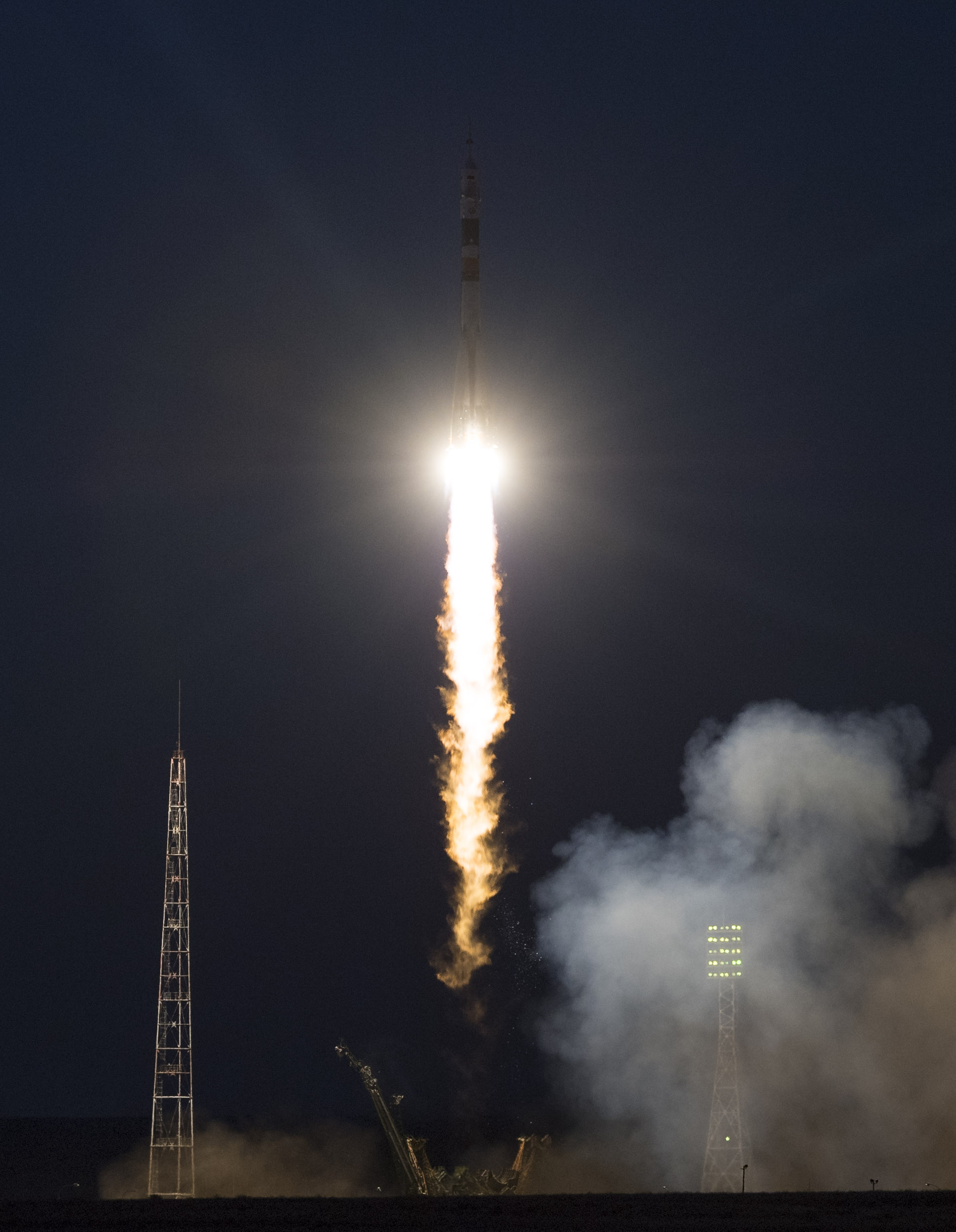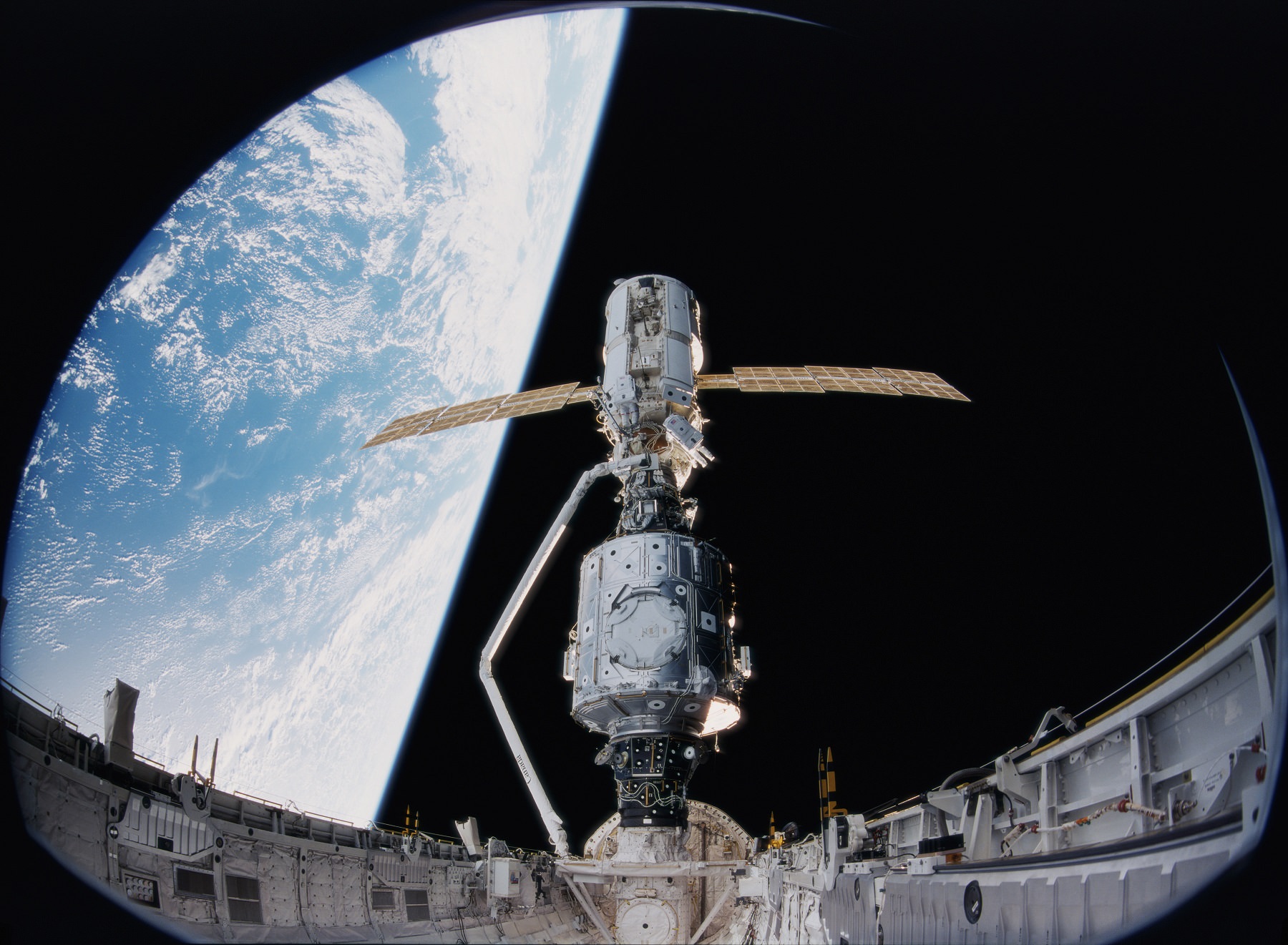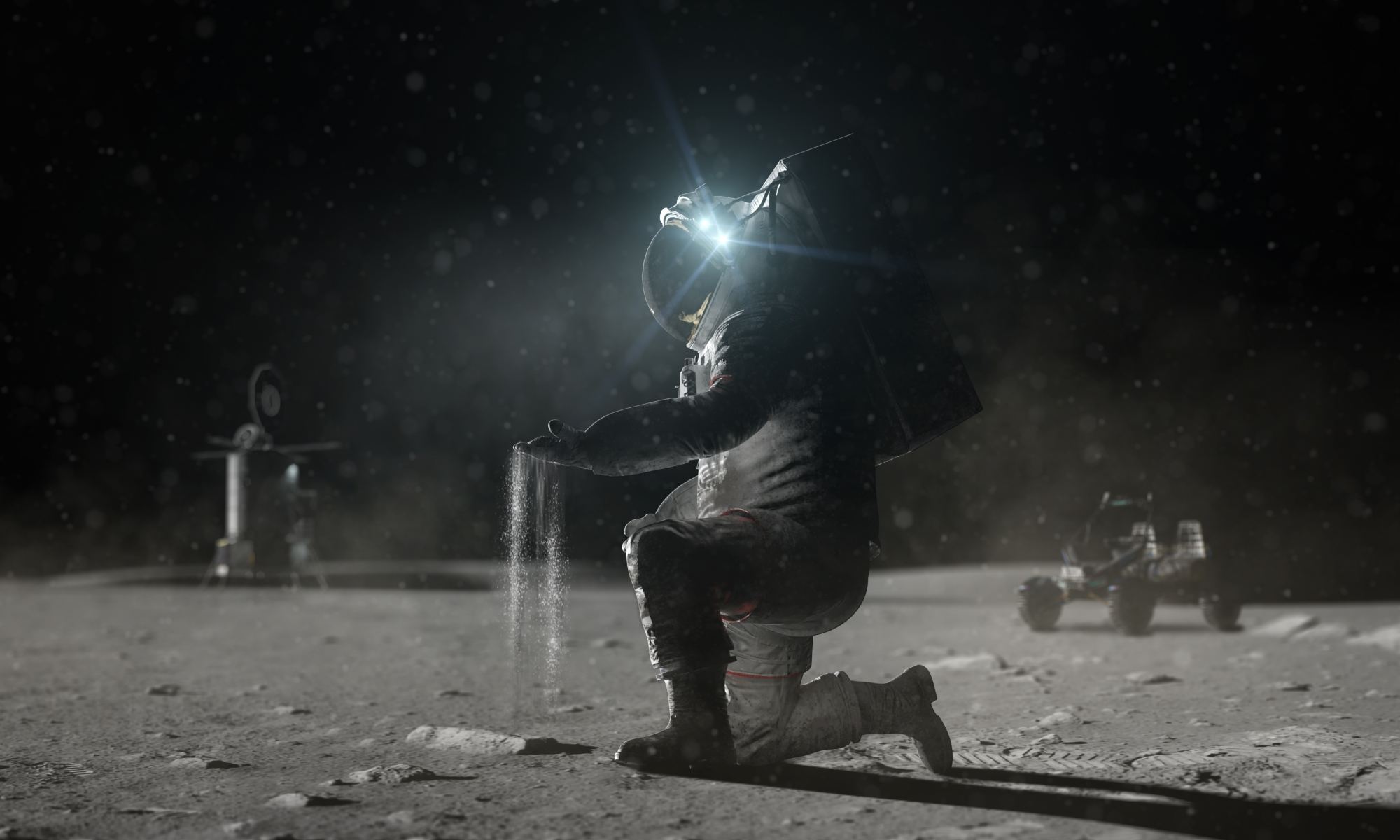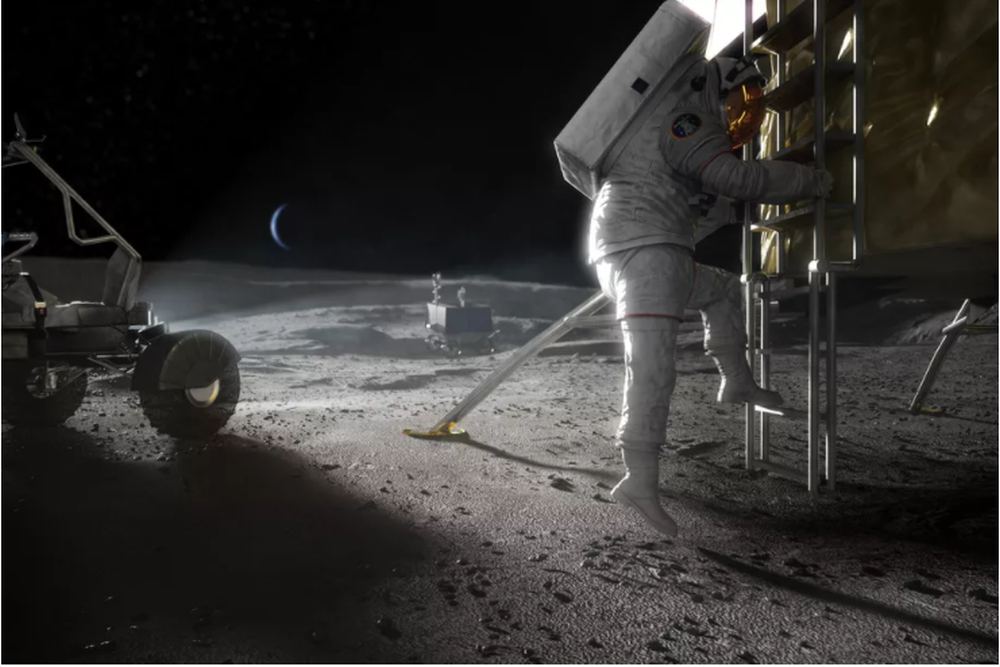After much speculation and concern the past month whether Russia would allow a US astronaut to ride back to Earth in a Soyuz spacecraft, Mark Vande Hei and two cosmonauts landed safely in Kazakhstan on March 30.
Mostly lost amid the political tensions due to Russia’s invasion of Ukraine, Vande Hei quietly set a record for the longest single spaceflight by an American, at 355 days. Vande Hei eclipsed astronaut Scott Kelly’s seemingly more heralded long-duration mission on the International Space Station in 2015, when he and Cosmonaut Mikhail Kornienko spent 340 days in space. Cosmonaut Pyotr Dubrov also spent 355 days on his first spaceflight, along with Vande Hei.
Continue reading “NASA Astronaut and Cosmonauts Land Safely Together in Kazakhstan”

